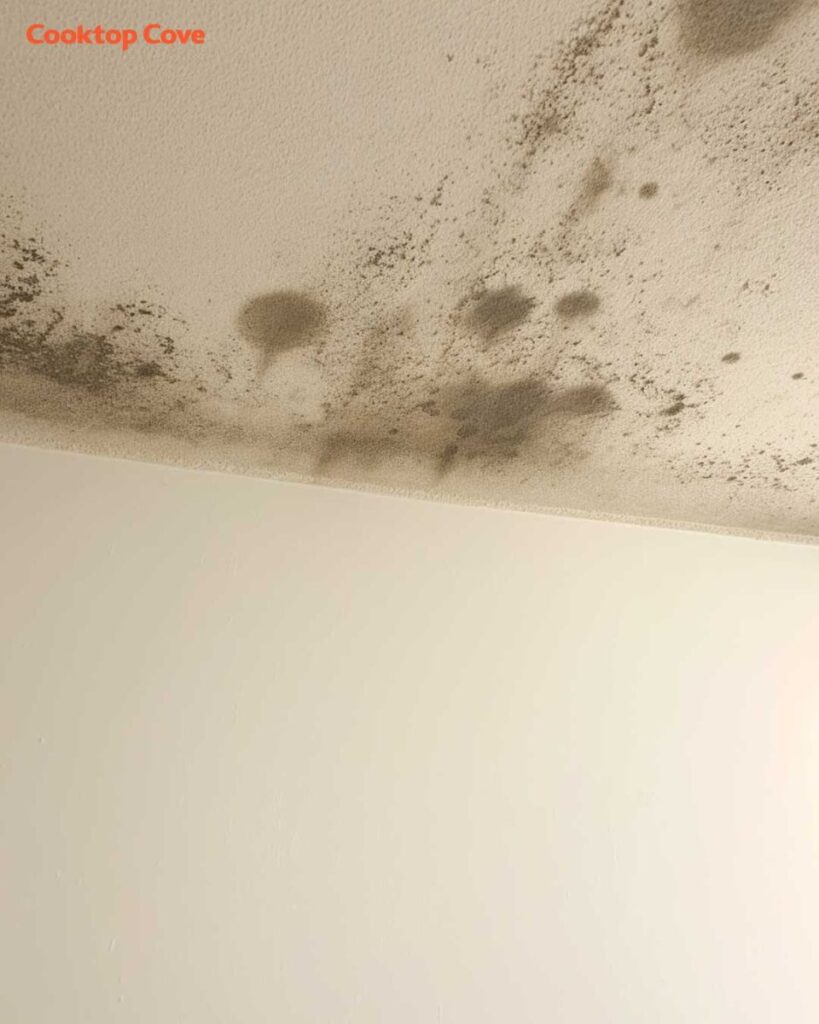
3. Use Vinegar:
Vinegar is a natural and effective way to remove mold spots from ceilings. Mix equal parts of white vinegar and water in a spray bottle. Liberally spray the solution onto the moldy areas and allow it to sit for about an hour. Scrub the surface with a brush or sponge, then rinse with clean water. The acetic acid in vinegar helps dissolve mold and prevents its growth.
4. Try Hydrogen Peroxide:
Hydrogen peroxide is another effective solution for mold removal. Mix a solution of 3% hydrogen peroxide and water in equal parts. Spray it onto the moldy areas and let it sit for 10-15 minutes. Afterward, scrub the area gently to remove the mold, and then wipe it clean with a damp cloth.
5. Use Baking Soda:
Baking soda is a mild abrasive that can help scrub away mold spots without damaging the surface. Make a paste by mixing baking soda with water, and apply it to the moldy areas. Let it sit for a few minutes, then scrub with a brush or sponge. Rinse the ceiling with water and dry it thoroughly.
6. Commercial Mold Cleaners:
There are various commercial mold cleaners available on the market specifically formulated to tackle mold growth. When using these products, follow the manufacturer’s instructions carefully. Always ensure proper ventilation while using chemical cleaners and take necessary precautions to protect yourself.
7. Preventive Measures:
Once you’ve successfully removed the mold, take steps to prevent its return. Improve ventilation in the affected area by using exhaust fans, opening windows, or using dehumidifiers. Regularly clean and inspect areas prone to moisture, such as bathrooms and kitchens. Ensure that leaks and plumbing issues are promptly addressed.
8. Consult Professionals:
If the mold problem is extensive or persistent, it’s advisable to consult mold remediation professionals. They have the expertise and equipment to handle severe mold infestations safely and effectively. Professional intervention may be necessary to ensure the health and safety of your living environment.
